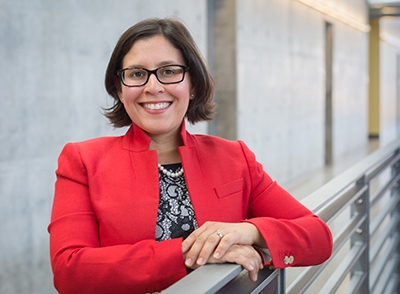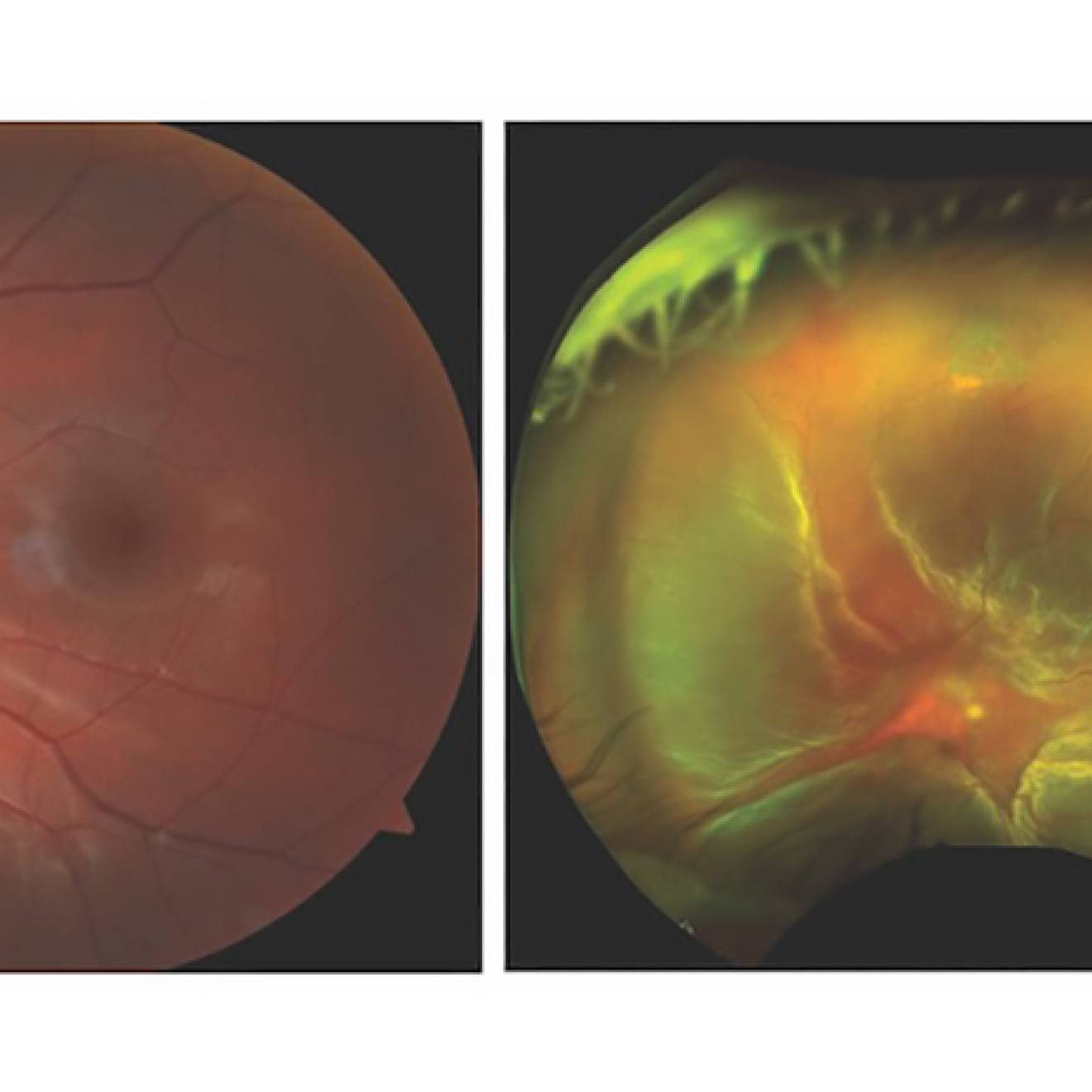James Leonard, UC Merced
Research indicates that obesity can increase a woman’s risk of developing and dying from breast cancer. But while communication about healthy eating has proven to be effective, a growing and significant subset of the population might not be getting the message.
A new project at the University of California, Merced, seeks to improve the communication of health information to bicultural Latinas between the ages of 18 and 29. The five-year project — announced during National Hispanic Heritage Month and Breast Cancer Awareness Month — is funded by a $639,000 grant from the National Cancer Institute.

Led by professor Susana Ramirez, the project will use the diverse Latino population of the San Joaquin Valley to test theories about the best methods of communicating healthy eating messages to women with widely varying language skills, education levels and family structures.
“Almost 18 percent of the entire U.S. is Latino, and it’ll be over 25 percent by 2050,” Ramirez said. “That growth is not coming from immigrants — it’s coming from people who are already here. Their children will be raised in bicultural homes, meshing Mexican and American beliefs and traditions, along with English and Spanish languages. This makes it trickier to understand what kinds of messages will resonate with them.”
Latinos in the U.S., especially in younger age groups, also have higher rates of obesity than non-Latinos. With many Latino children developing unhealthy eating habits at an early age, the linguistic and cultural barriers to effective health communications become even more difficult to overcome.
“Advertising companies selling bad foods are really good at reaching diverse populations,” Ramirez said. “We in public health need to be better.”
One size does not fit all
Only a quarter of Latinos in the San Joaquin Valley are foreign-born, Ramirez said, and some of them grew up speaking indigenous Mexican languages instead of Spanish. The 75 percent who are native-born U.S. citizens vary in their English fluency — in other words, a one-size-fits-all approach to communicating to Latinos would be misguided.
The 18-to-29 age group was a good fit for a number of reasons, Ramirez said. The project will use mobile phones to disseminate the messages, because young adult Latinos have been early adopters of mobile communications. Changing one’s diet also is usually easier at a younger age, and since many of these women are young mothers, there is the potential for healthy habits to be passed down through families — or to test messages that focus on behavioral changes for a child’s sake.
The ultimate goal, Ramirez said, is to take health communication theories and put them to the test in the real world, developing messages and strategies that work best for bicultural Latina women. Public health messages need to be crisp and clear to cut through the clutter of the sometimes conflicting food information environment, she said.
Eye on expansion
Assuming the effort is successful, the findings could be disseminated to aid health communications plans nationwide.
“We are very pleased that the National Cancer Institute recognized the importance of professor Ramirez’s project, which has the potential to benefit Hispanic women throughout our region, the state and the nation,” Vice Chancellor for Research and Economic Development Sam Traina said.
Ramirez — a professor of public health communication with UC Merced’s School of Social Sciences, Humanities and Arts— said the project will begin with a two-year effort to learn more about the local population through interviews that assess cultural factors that affect diet behaviors, as well as the ability to be persuaded.
Messages proven to work for a general population will be tailored based on the findings of those interviews — for example, since Latinos tend to be very family-oriented, messages could be tailored to focus more on the health of the family than that of the individual.
Those messages will then be tested and incorporated into a comprehensive mobile health behavior intervention, which will include a variety of message types that are scheduled based on an algorithm optimized for the time of day and characteristics of the individual.
“We know a lot about making messages effective, but not for bicultural audiences,” Ramirez said. “There’s a disconnect between the theories and how people are actually communicating. I want to test theory by putting it to work in interventions, and ultimately to reduce the burden of breast cancer among Latinas.”

